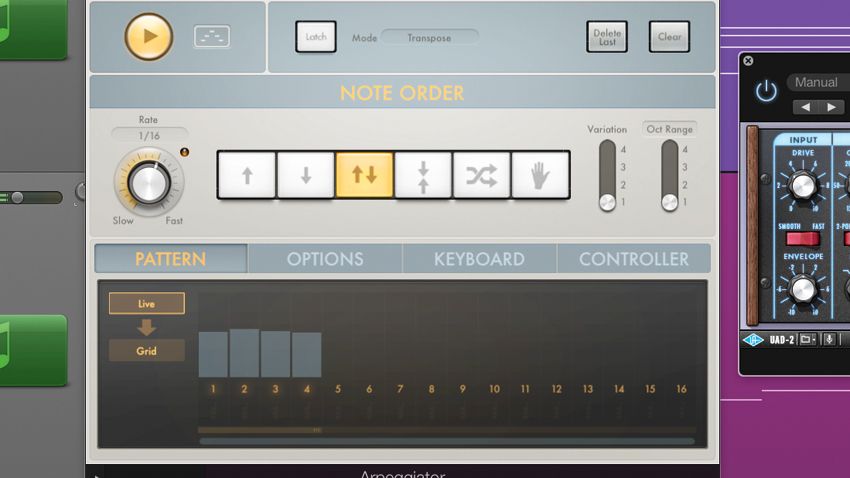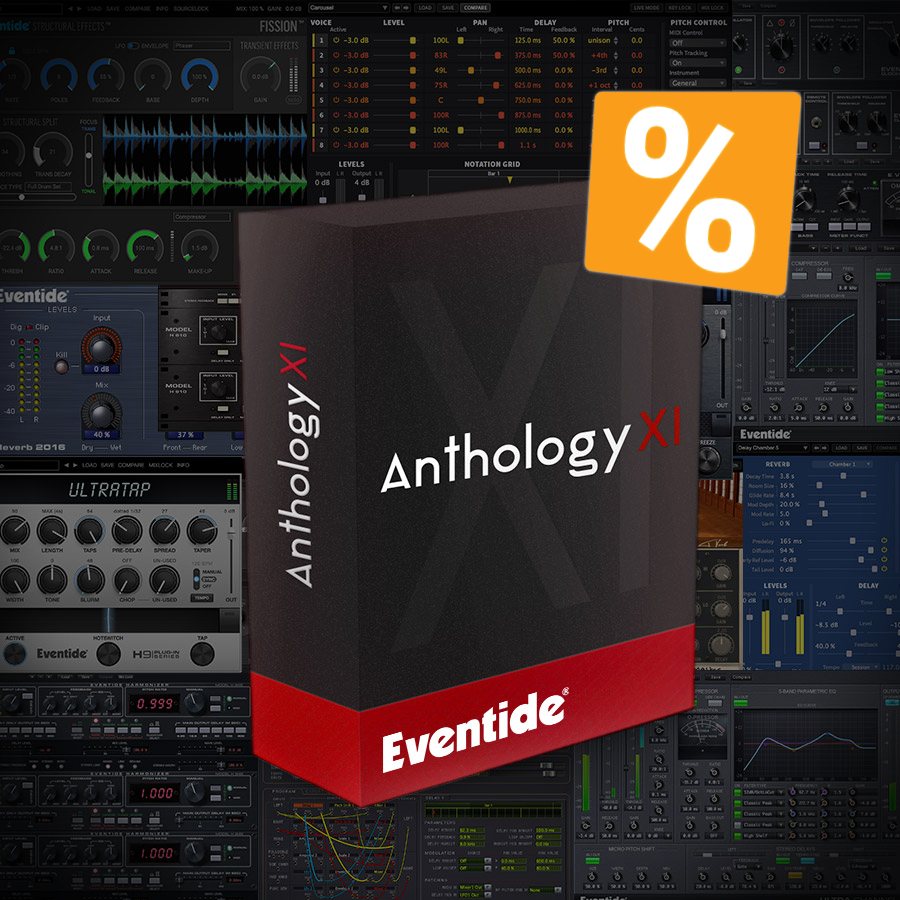
Infinite compression yielded constant output level regardless of input level changes. This cool looking piece had unusual capabilities. Described as a “compressor with attitude” by Eventide, the Omnipressor was a compressor, limiter, gate, expander, and more.

The 28 Omnipressors, sold in the early and mid 1970’s, are favorites around our shop though they are not widely known or well understood. One of them should be in a museum! Typical refurb cost including recap, lamp replacement, and general servicing and calibration is about $570.00. From somewhere, our shop has two yellowed blueprints of the original the schematic (very informally drafted). In my opinion this was the first true “effects box”. And the PS-101 was truly “instant” - you simply mounted it in a rack and patched it in. Still, phasing is effective, and is similar to flanging. Because it is based on phase shift, being capacitor based, the peaks and notches are unrelated harmonically and acoustically, and shallower. Phasing sounds different than flanging - most would say inferior. The 1745M’s optional pitch change module, though it had no deglitch circuit and thus had obvious artifacts, was an important first - the first Harmonizer was born, though it hadn’t yet been named.) The Instant Phaser was the first outboard device to emulate tape flanging, formerly an awkward process that required two tape machines. (Those early versions used shift registers the later 1745M, which is more often seen, used RAM.

In 1971, their first products were released - the Instant Phaser (all analog), and the relatively rare 17A Digital Delays.

Eventide began in the basement of a small New York small studio building tape machine locators, first for their own studio, and then for Ampex.


 0 kommentar(er)
0 kommentar(er)
